Monday at Concorto begins with free screenings in the Amici dell’Arte Hall, at the Ricci Oddi Gallery in Piacenza: firstly, at 5 p.m. the talk “Recycled stories: roles and functions of found footage in our present”, related to the Mnemosyne focus, followed at 6 p.m. by a special screening of “Una Bella Giornata” (A Beautiful Day) by Gianni Cravedi and Mauro Ferri, a film dedicated to the partisan Abele.
Afterward come join us at Parco Raggio for the films in competition, followed by a late-night screening at the greenhouse with the first part of the Mnemosyne focus!
El secuestro de la novia – Spohia Mocorrea
As seen by Vanessa Mangiavacca
The kidnapping of the bride’ is an old German tradition involving the kidnapping of the bride by the guests: then the groom has to find her and pay a token to get her back. An old custom, but not so much: in some families and cities in Germany, this “sketch” is still performed, often without much sympathy from the bride and groom themselves.
Winner of the Best Short Film 2023 award at the Sundance Film Festival and now making its Italian premiere at Concorto, Sophia Mocorrea’s work is a successful portrait of the pressures that any couple can suffer from the family environment, especially if it is a little sanctimonious. These rifts between two compared generations are intertwined with other topical issues: a good dose of racism disguised as bourgeois righteousness and old unreal relatives to be respected. The perfect nest built by Luisa and Fred (she is Argentinian, he is German) is threatened by external social pressures, but consciously resists, ready to finally choose freedom. Mocorrea’s direction absorbs the characters’ feelings and changes with them.
The family portrait – Lea Vidakovic
As seen by Francesca Marchesini
In this short film by Lea Vidakovic, a home starts showing the symptoms of a drifting society. At the outbreak of the First World War, the certainty of the family environment starts to falter: the foundations are not so stable anymore, the pipes start leaking, the relationships lack value and consistency (affairs, tricks, cruelty, meanness etc.). A family reflects the fragile reality that surrounds it. The audience acts both as the architect and the public of its careless destiny, and no one is able (or willing) to intervene.
When a rocket sits on a launch pad – Bohao Liu
As seen by Francesca Marchesini
Fang climbs the stairs. She gets home, she leaves, she looks for her sister, she goes to basketball practice. But the stairs are always uphill: there is never a time of the day to rest or a landing where to stop to take a breath – only stairs to climb, and fast, because life goes by quickly, and it will be harder and harder for Fang to make her wishes come true.
La robe – Olga Torrico
Visto da Vanessa Mangiavacca
Spesso gli armadi sono portali verso altri mondi, fantastici e immaginari. Anche l’armadio aperto dalla protagonista de La robe è l’accesso a un altro universo, quello personale e intimo di una signora italiana da poco deceduta, Madame Napoleone. Nel pulire le case di altre persone, la giovane ragazza francese si imbatte negli oggetti e nei luoghi di altri individui a lei sconosciuti: dalle fessure e dalle crepe è facile immaginare tutte le voci che hanno popolato salotti, cucine e camere. Ne restano ad esempio i vestiti, testimoni abbandonati di sprazzi di vita. La caducità delle singole esistenze si contrappone a quella di un abito pronto a farsi contenitore di momenti altrui, perpetuando un processo di ricordi ed emozioni che altrimenti non si sarebbero mai fusi tra loro. In pochissimi minuti Olga Torrico è riuscita a racchiudere, con estrema delicatezza, tutto questo.
Nocturno para uma floresta – Catarina Vasconcelos
As seen by Chiara Ghidelli
A skull lies on a table. Two hands appear and fill it with flowers. Those are the hands of Pope Gregory XV, a man who owes his immortality to his devotion to celibacy and “witch hunting”. Meanwhile, in a Portuguese forest where monks built a wall in the 15th century to keep women out, it looks as if the spirits of those witches have never left. In a wild and natural dream world where human beings and nature are one and the same, Nocturne for a Forest builds a limbo, a non-place between heaven and hell, inhabited by the souls of forgotten women. In the silence of muted bodies that can no longer take revenge, memory reflects and explores the contradictions and hypocrisies of a society, a religion, as well as female iconography, which is violated and abused even within painted canvases. A memorial, a monument to those invisible women who cannot change the past, but who can at least change the way one talks about them.
La Ultima Ascensión – Kevin Osepa
As seen by Chiara Ghidelli
Rowin is a young fisherman who lives with his mother. Every day he sails to seek his fortune in the depths of the sea. Every day he comes back empty-handed. Set in Curacao, one of the Dutch Caribbean islands, Rowin’s story tells more than one man’s life. With La Ultima Ascensión, director Kevin Osepa turns a spotlight on a little-known Afro-Caribbean history and identity. While telling the story of a culture, he develops a narration tinged with magical realism, creating an imagery of mythological-like creatures and elusive visions. Unable to distinguish between reality and allegory, the camera shifts according to its own laws and coordinates within the story of a man, a family, grief, and rebirth.
A study of empathy – Hilke Ronnfeldt
As seen by Virginia Marcolini
A study of Empathy – nominee at the Locarno Film Festival in the European Film Awards section – revolves around the encounter between a young woman, Dana, and an artist, Penelope; for her graduation project at art school, the latter sets out to explore human empathy by studying the reactions of subjects who witness her performance. The result is a pretentious, rhetorical experiment that initially leaves Dana unmoved, but then sparks her interest. In just over ten minutes, director Hilke Rönnfeldt explores with biting irony and icy detachment the hypocrisy of the human heart.

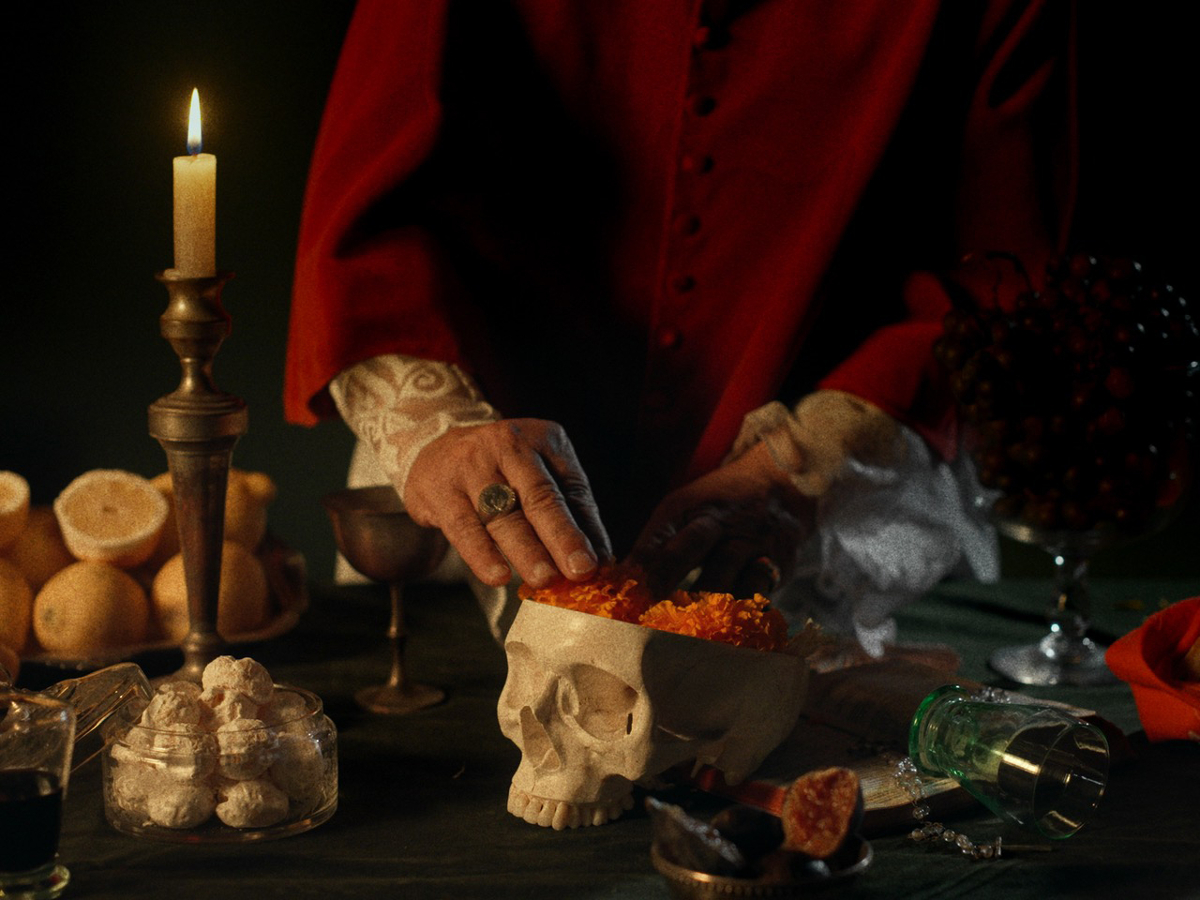

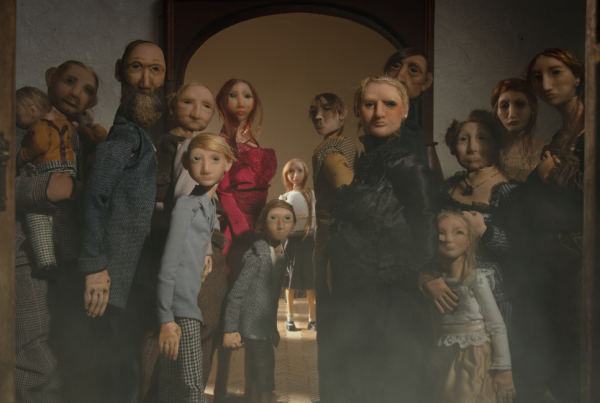
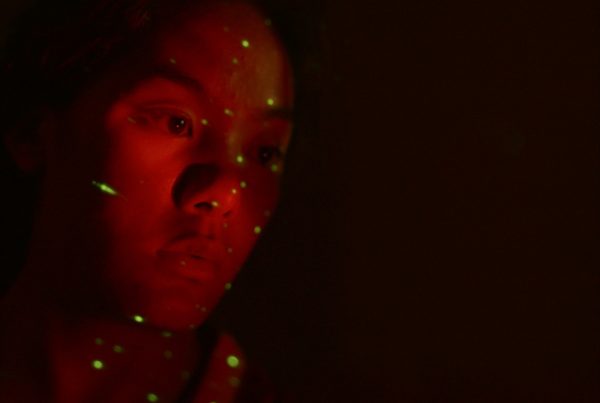

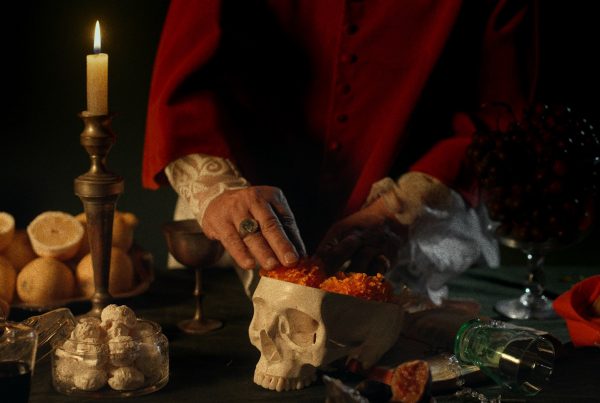
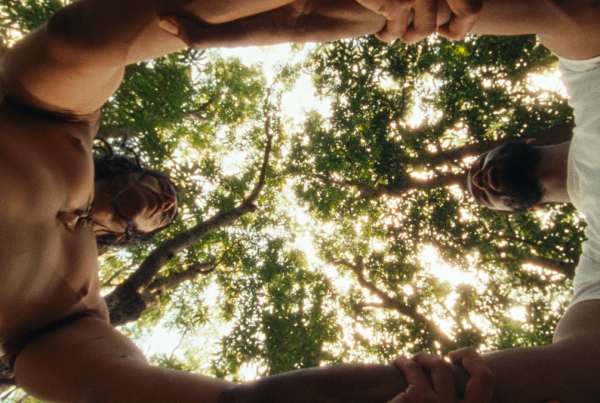
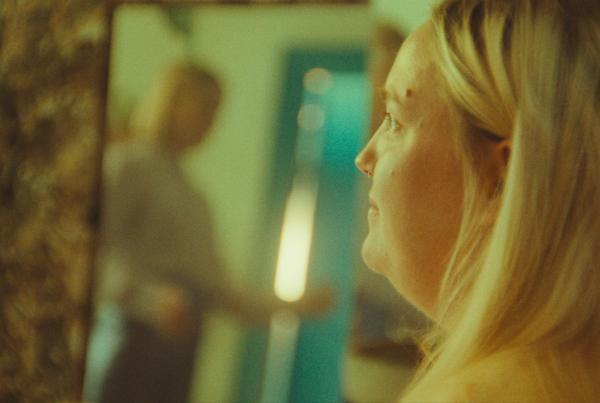

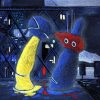




Commenti recenti